Pocher Lotus 72 model: off the scale detail
Colin Chapman’s groundbreaking Lotus 72, which changed the shape of racing cars for ever, involved some ingenious design – and so did Pocher's miniature representation of it
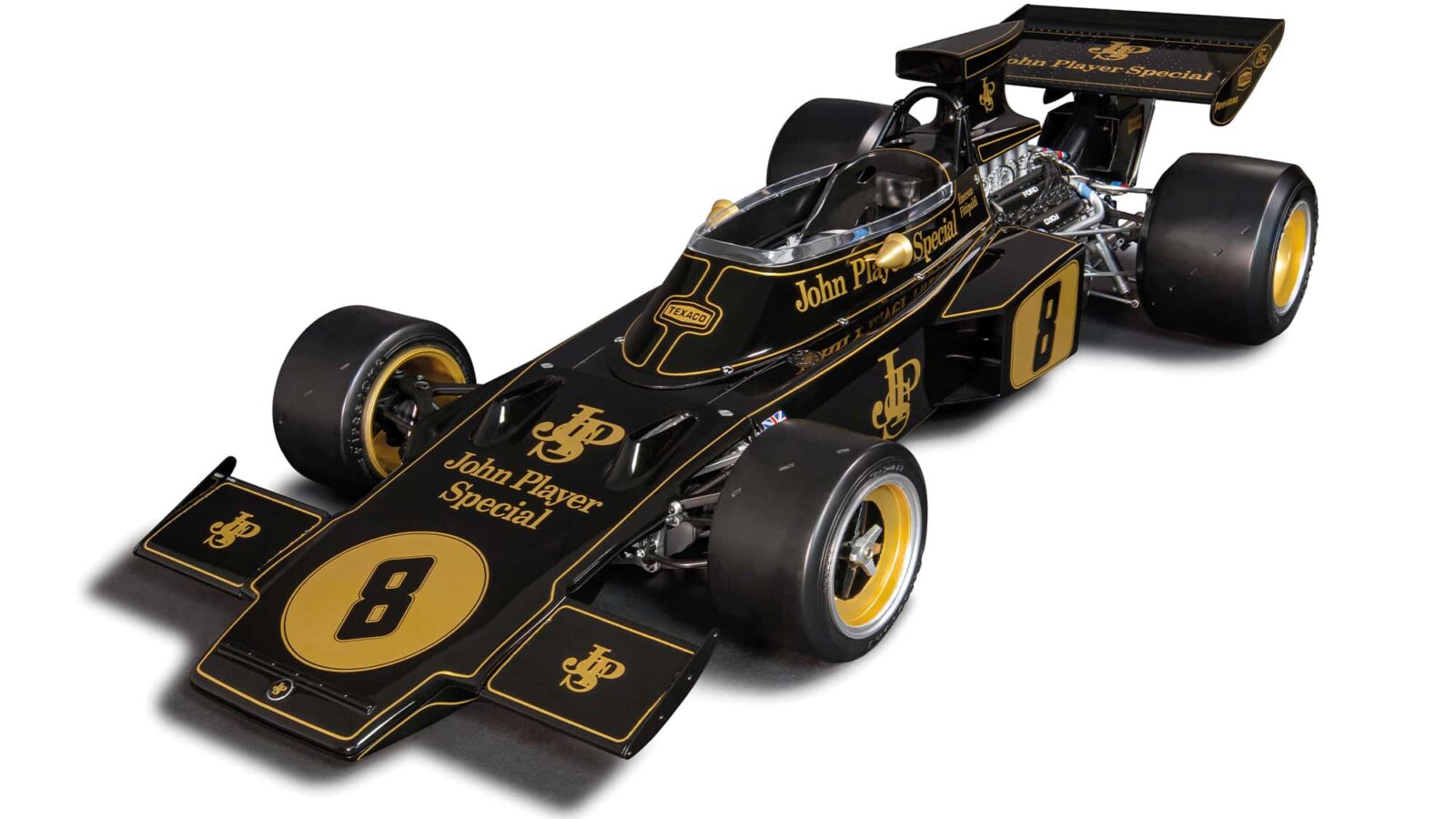
Pocher
Sponsored content
At some point during the 1972 British Grand Prix weekend, the Team Lotus mechanics modified the oil cooler at the rear of Emerson Fittipaldi’s Type 72.
It can’t have done any harm because Fittipaldi went on to win at Brands Hatch, and then claim that year’s championship. But for almost 50 years, this insignificant minor change went unnoticed.
That is, until modelmakers at Pocher began attempting to recreate, in meticulous 1:8-scale detail, the car which Fittipaldi raced on July 15, 1972. The oil cooler change was noted in the mechanics’ job lists, but no further details were given, so Pocher product design engineer George Lane pored over historic photographs until he found the small changes to the raceday car.
It’s one example of why the project to model the British GP-winning car has taken more than three years, during which Colin Chapman and Maurice Philippe’s design has been put under the microscope like never before and then re-engineered in miniature.
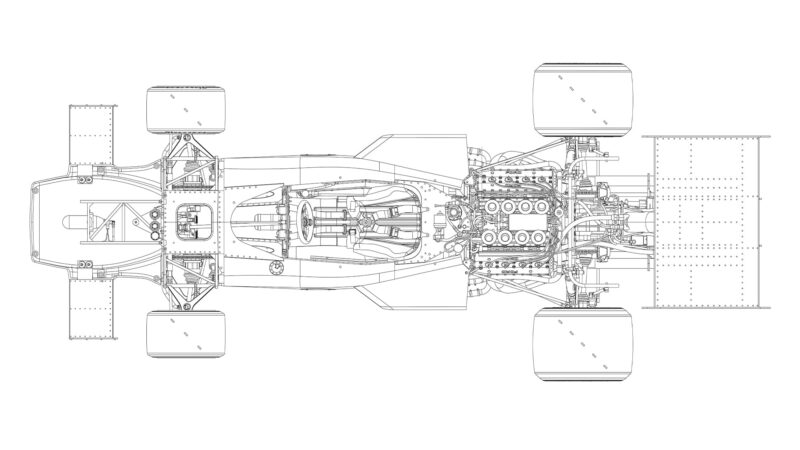
Pocher’s 3D scans helped produced its technical drawing for the scale model
Pocher
The final model is due to go on sale this autumn, when buyers will share in the experience of recreating the legendary car by assembling it themselves using more than 800 parts made from aluminium, rubber and plastic, as the original was.
It is likely to take weeks, if not months to put the miniature car together. Challenges include assembling the chassis, connecting around 40 tubes and wires within the DFV engine, fitting the suspension and putting together the steering system.
Once built, the car’s innovative radiator layout, its inboard brakes, the intricacies of its Cosworth DFV and its detailed cockpit, including sprung pedals, can all be exposed in glorious detail thanks to the model’s removable bodywork.
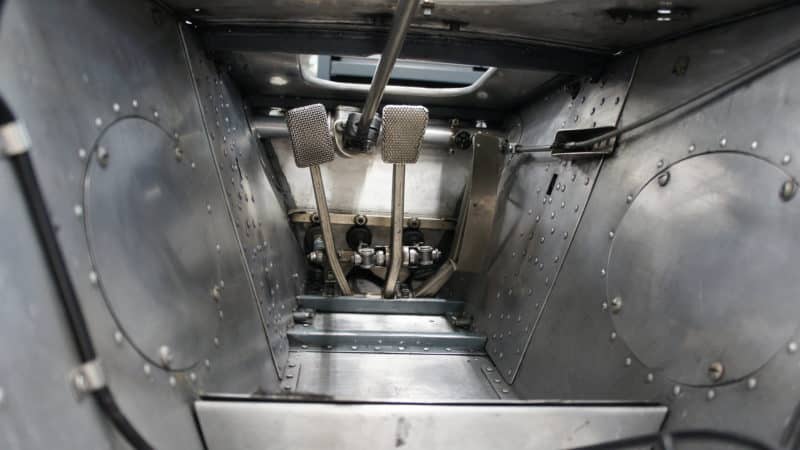
Details in Pocher’s 72 must be exact even if they’re invisible after assembly. The pedlas are sprung and there are 40 tubes and wires in the DFV engine
Pohcher
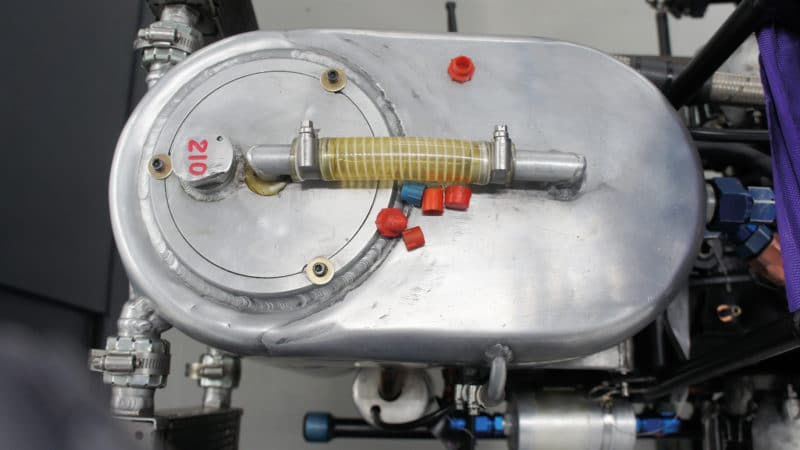
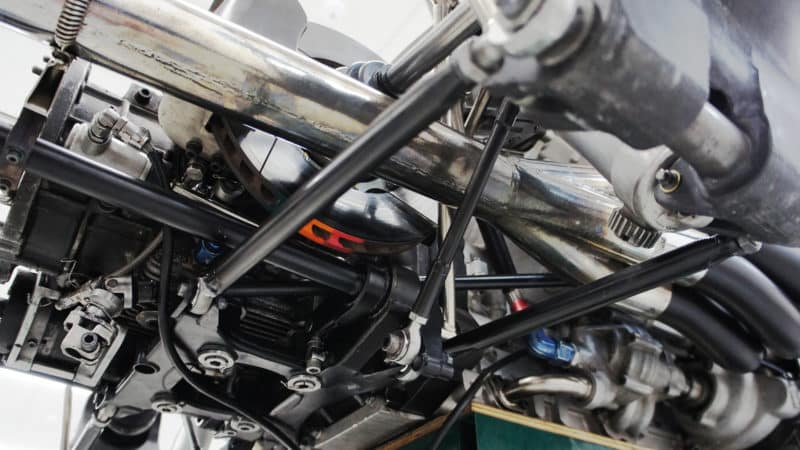
The model has been authorised by Classic Team Lotus, the heritage division run by Colin Chapman’s son Clive, who praises its authenticity. “We’ve been licensing scale models for donkey’s years but this is a whole new level,” he says. The degree of detail goes down to the rivet patterns of how the rear wing is fabricated.”
Since 1955 Pocher has been making kits that buyers assemble into intricately detailed scale models, but the Lotus 72 project was one of its toughest assignments yet.
The 1972 British Grand Prix-winning car was a straightforward choice: a victory at Brands Hatch in Lotus’s home event, and a significant moment in that year’s title race as Fittipaldi pulled 16 points clear of his main rival Jackie Stewart on his way to becoming the first Brazilian world champion.
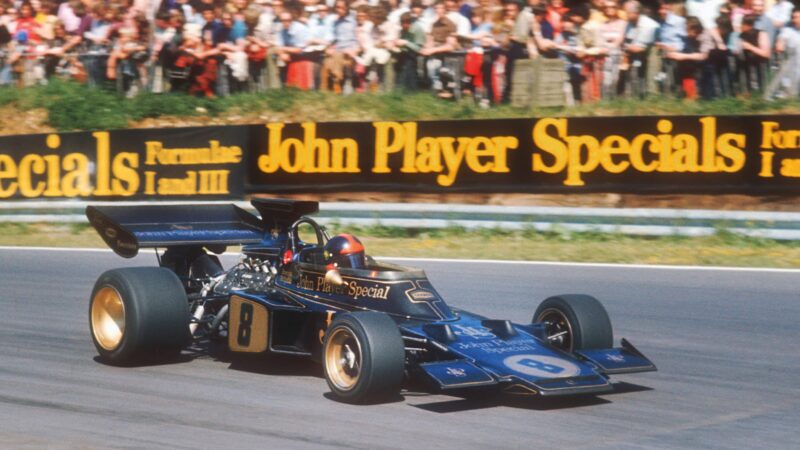
Fittipaldi heads to Brands Hatch victory in 72/7 — its only race in this particular spec
Grand Prix Photo
Replicating the car brought problems: the winning chassis 7 has been continuously tweaked and modified throughout the 19 grands prix that it raced in with Fittipaldi, meaning it only ran in its British GP-winning specification once — on the day of that race.
Owned by the heritage division, Classic Team Lotus, chassis 7 has been restored to its 1972 Spanish Grand Prix-winning set-up, so some creative design was required.
“Emerson had two 72s,” says Chapman: 72/7 and 72/5 which is in Zandvoort ’73 specification, as it was when he had his big shunt in the car, but there are elements of 72/5 which are still correct to the Brands Hatch 72 spec.
“It was like the TV series Kojak with all the photos on the board”
“Pocher combined looking at those two cars with Classic Team Lotus mechanics’ records, the original design drawings and as many period photos as we could unearth. It was like one of those things you used see on that 1970s TV detective series Kojak, where they’d have a board on the wall and they put all the photos up.
“It took a lot of piecing together because they had to capture the specification exactly. I think a number of Pocher customers are real detail analysts.”
The records were also combined with contemporary archive material, including Denis Jenkinson’s report for Motor Sport.
That’s when the changed oil cooler became apparent — perhaps the result of an oil leak that Fittipaldi experienced in practice, which forced him to qualify in the spare car, as detailed by Jenks.
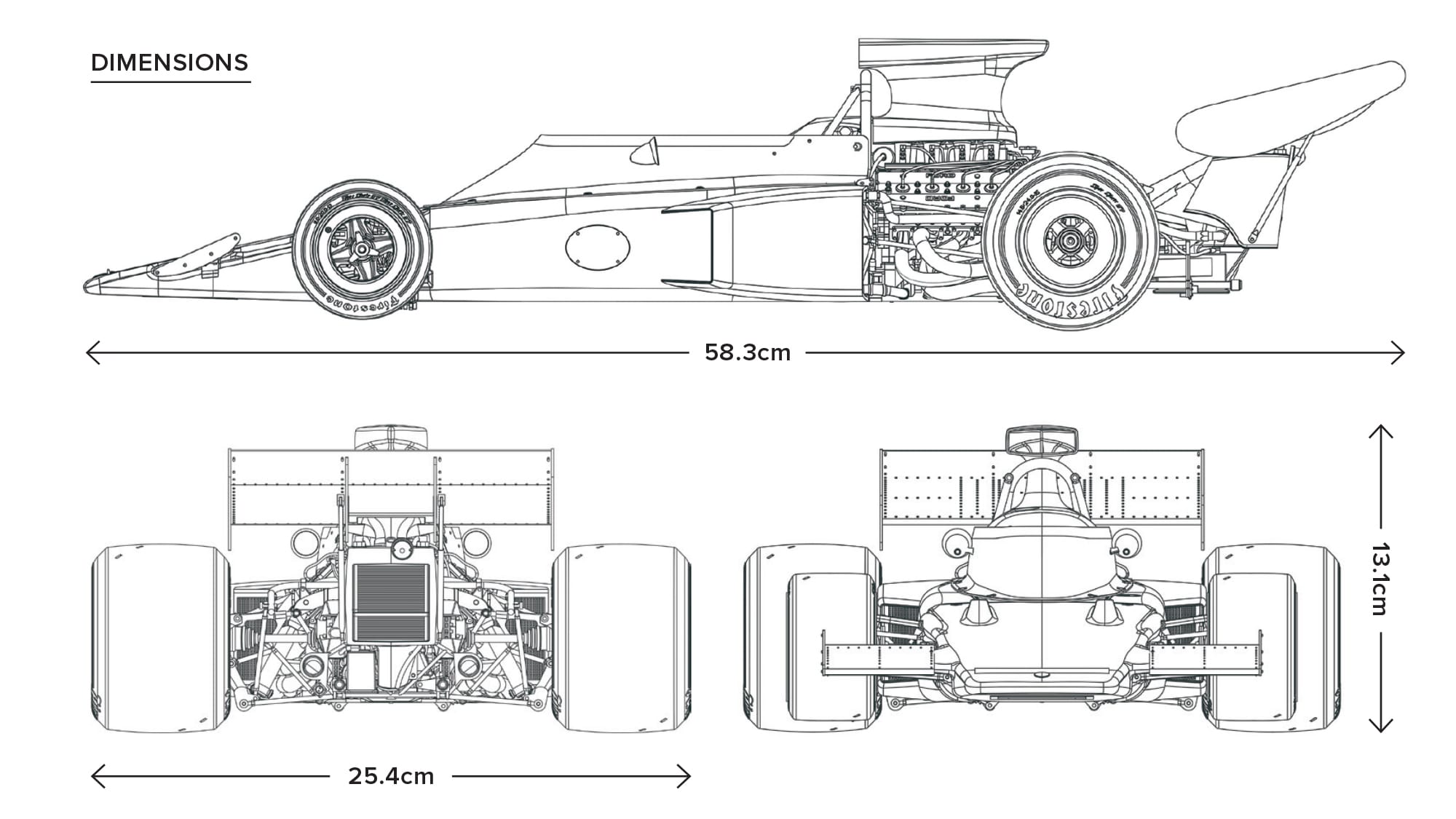
Photographs from the time also showed further unexplained changes which needed to be reflected in the model, changes which mechanics from Classic Team Lotus helped to resolve.
Careful analysis of the JPS livery revealed that there were no fewer than three shades of gold used amid the logos, stripes and roundels — each of which was modelled in the digital design.
There was a lengthy investigation over whether the temperature gauge had a silver or black bezel at Brands Hatch, followed by a meticulous inspection of tyre grooves.
“We didn’t actually know what the period pattern was,” says Chapman. “We managed to find a period tyre but it didn’t tell us the complete story, so we managed to find some photos from the race that did tell us how many there were on each tyre.
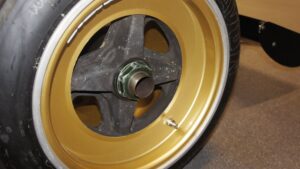
“Firestone made tyres with ‘Firestone’ stamped on the tyrewall in white, with raised borders and twin gold pinstripes, also with raised borders. But on race day, for some reason, the team hadn’t coloured them in. Pocher have recreated the raised pieces, but they’re not actually going to colour them. It would have been a whole lot easier to do a blank tyre wall, so that’s just outstanding.”
Then came the task of recreating this in 1:8 scale, where Colin Chapman’s philosophy of “simplify, then add lightness” proved to be something of a hurdle when his designs were miniaturised.
“We got the first iteration 3D-printed,” says Lane. “I put it all together and a few of the suspension components at the back couldn’t take the weight, so it crumpled and looked as if someone had hit it at the back; the wheel came off. Just as with a full-sized racing car, you upgrade it but remain faithful to what it looked like.
“You do want to do the original design justice but I had to simplify certain parts. Sometime you do have to beef them up a bit just to make them withstand the weight. It’s the sort of thing we fixate on but I’m sure no one else would notice.”
It wasn’t just the structure that brought challenges: the car had to be designed so that buyers could put it together with little more than a screwdriver — plus plenty of patience — which dictated some of the design, as well as the number of components that made up some parts.
Even parts that aren’t visible in the finished model needed to be accurately represented, as buyers will see them during the building process.
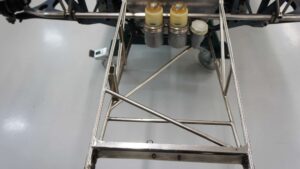
Chapman is looking forward to making one of his own: “It’s a really nice monument to the Team Lotus crew,” he says. “Lotus 72 is often named the greatest ever F1 car and to have it preserved for posterity in this way is wonderful.”
For Lane, who says he grew up restoring cars and graduated in industrial design, it has been the project of his dreams. “I never thought I’d be designing race cars,” he says.
“You get to understand the decision-making processes of the time, and the quality of the engineering: the exhausts are like snakes coming out of the side, intricately folded, and seeing how they routed different pipes out from the radiators is almost like a piece of art, especially in this livery.”
But before this ground-breaking model is delivered to customers, Lane has one final, arduous task to complete.“I’m writing the instructions,” he groans. “I’ve been doing it for months.”
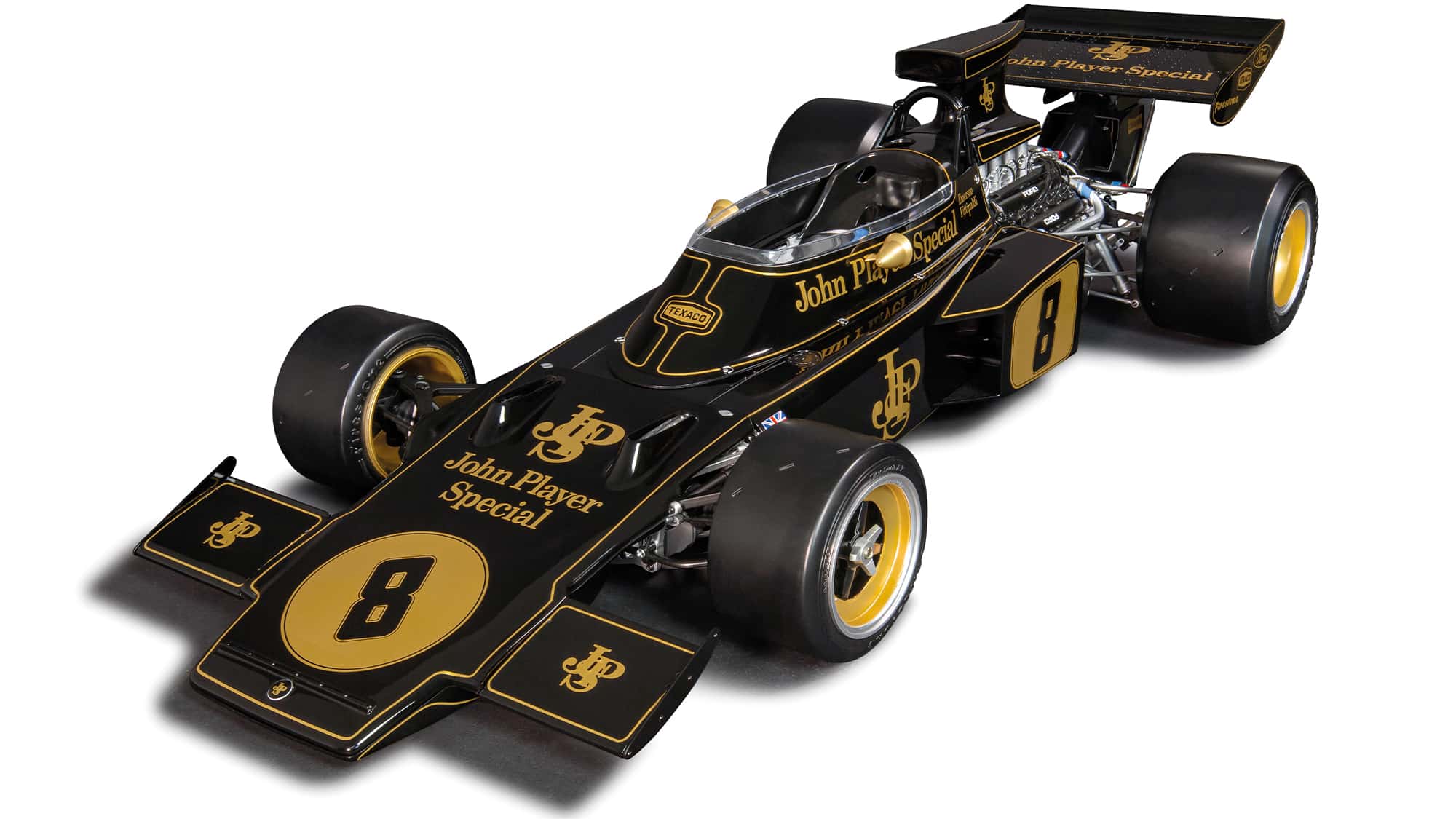
|
Pocher’s 72D is available to pre-order from the Motor Sport Shop It’s also available direct from pocher.com |
Motor Sport produces a variety of content that we feel is of interest to our readers and which is supported by outside parties including advertisers. Features that have been supported by outside parties are labelled as Sponsored Content.




















































































































































































